Most of us can’t remember how long board games have been a part of human culture. One could say that board games date back to the time when human beings began to communicate with each other, an evolved hand in hand with communication practices as man learned better and more efficient ways to communicate. Board games also represent a milestone in the history of man, as a non-violent form of competition. In the earlier days most forms of competition involved violent themes, and probably death for the loser. Although board games made way for another type of vice, called gambling, losers may have walked away broke, but kept their head in their shoulders.
We cannot deny the early existence of non-violent games in the history of human civilization. Evidence of inscriptions found by archeologists resembles what seem to be instructions on how to play these games. Although our early ancestors lacked the knowledge and technology we enjoy today, they were not illiterate. Some rudimentary form of communication has been part of civilization as far back as the Sumerians, and the dwellers of Mesopotamia between the Tigris and Euphrates rivers. The existence of communication allowed them to inscribe rules for their games, which we are only starting to discover today.
The “Senet”, or translated from Egyptian “the passing game’, is the oldest recorded board game in history, dating as far back as 3500 years B.C. Evidence on the existence of this game have been found in pre-dynasty periods, as well as part of the artifacts put inside burial chambers. This game seems to have become quite popular during the period of Egyptian Pharaohs, between 3,000 and 1,050 B.C. Egyptian superstition attributed the ability to play this board game to being favored by the gods. Additionally, the game seems to have had some kind of purpose in the afterlife, since it became customary for rulers and influential people to be buried with them.
Another early example of a board game is “To Go”, available in Chine around 548 B.C. Legend has it that Emperor Yao was a one of the people responsible for the development of this board game. As the legend goes, his motivation for the game was his son. There are also stories that mention this game as being used as a fortune telling device. Used by warlords in China, they would use this game as a tool to recommend their army formation before an attack. As with most board games in the early ages, this game was only meant for the rich. After becoming popular in china, the game spread to Korea and Japan in the period following the next five centuries.
As “The Senet” evolved over the years, it turned out to be the Backgammon we know today. It was refurbished by Ludus Duodecim Scriptorum to have two rows with twelve points each. Around the year 600 A.D., it’s name was changed to Alea, which became increasingly popular during the Middle Ages. It was also known as “Tabula”, which translated into modern day English means “board game”.
These are just a few examples, which we are now able to confirm through archeologists documentation. It should not come as a surprise for other games, or variations of the ones already discovered to be revealed. However, we learn more about ourselves and our culture when we trace back the origins of one of our most basic entertainment forms.
By Damian Cross
Enjoy all your favorite board games online. Play board games titles that have survived generations like chess and other free board games at Boardgames123.com

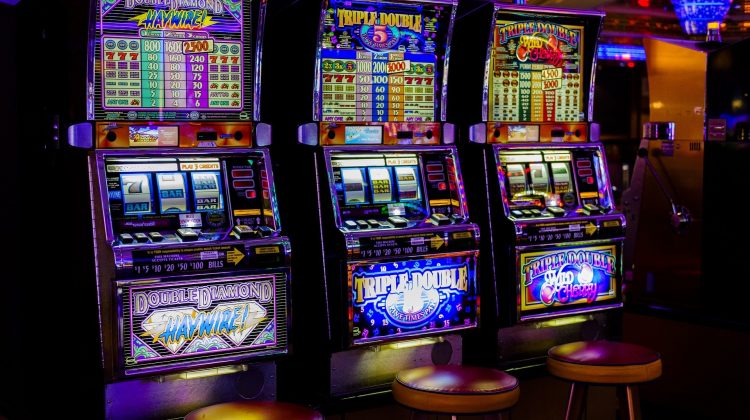

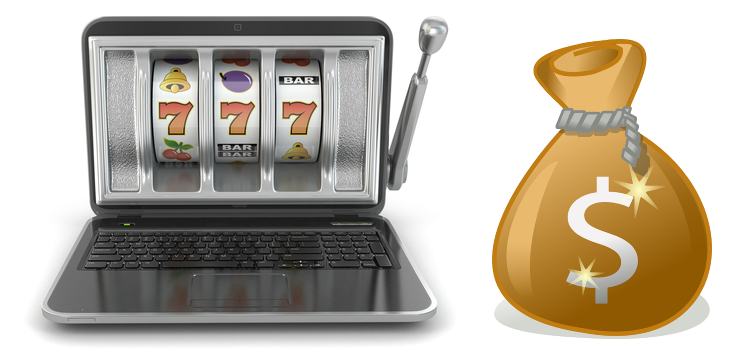
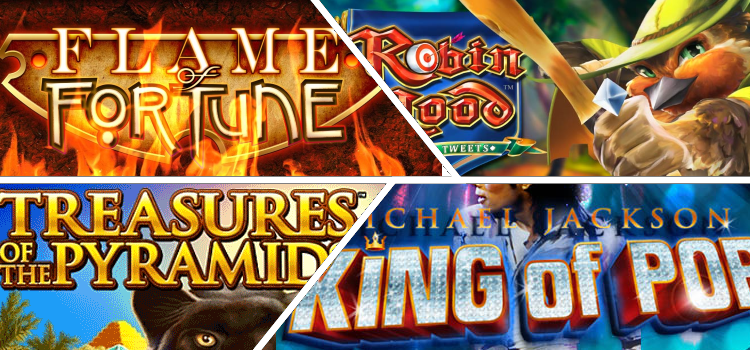
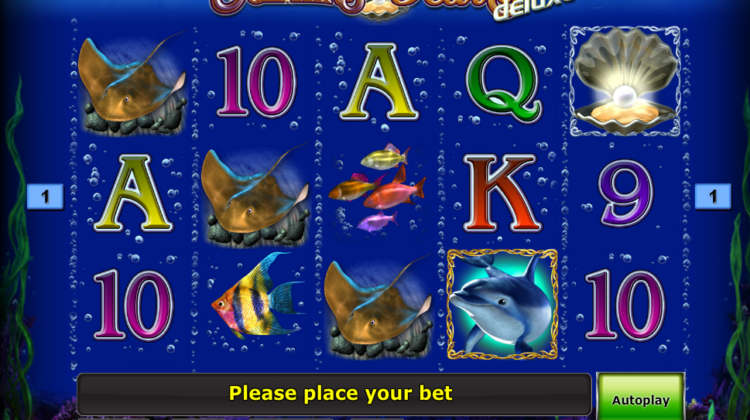


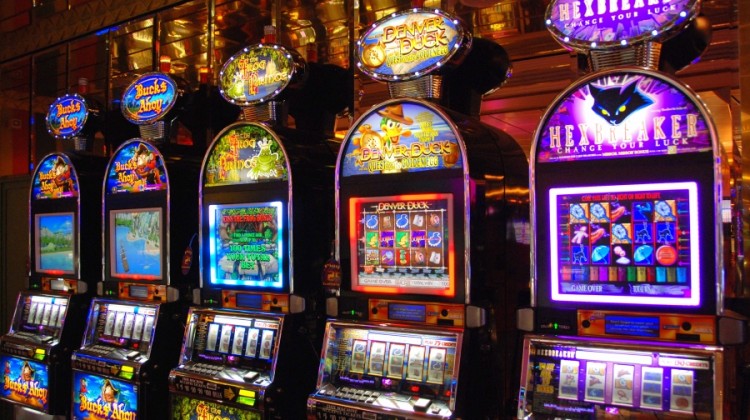
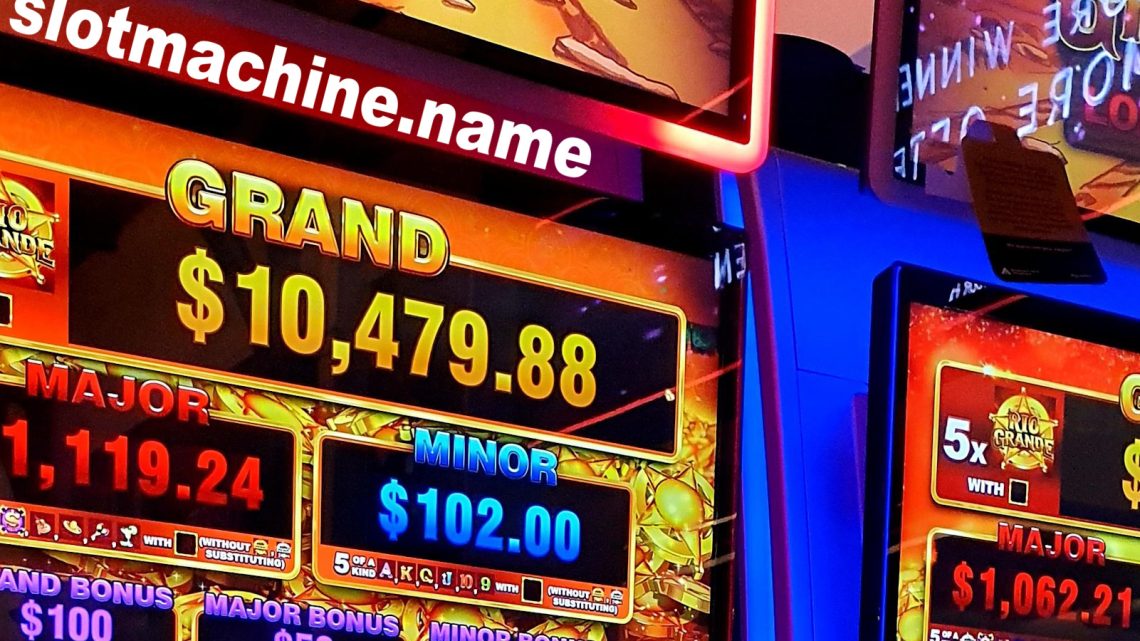
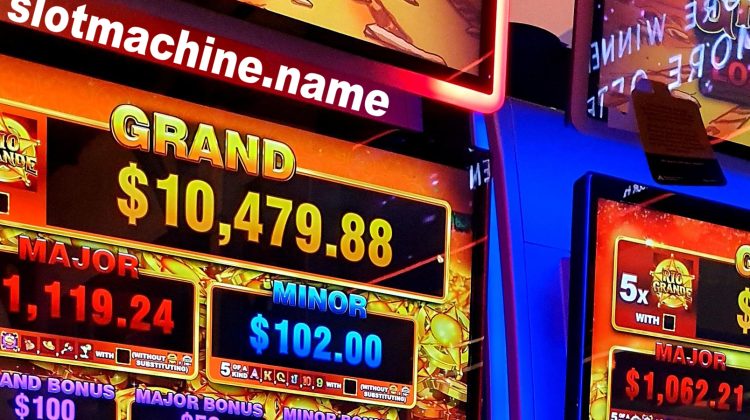
No Comment